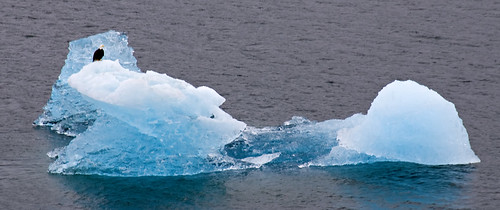Or put in another way, short term profit versus long term livability. Ask the residents of coal-rich West Virginia how much they appreciate having fresh water trucked in.


Mining plan could help and hurt Alaska - The Boston Globe:
For more than a century, the wealth of this southwest Alaska watershed has sprung from the astonishing volume of salmon nurtured by those wild rivers. Bank-to-bank, gill-to-gill, tens of millions of silver-hued fish thrash upstream to spawn each year, unrestrained by dams, untainted by pollution.
It is the largest sockeye run in the world, accounting for more than a quarter of wild salmon harvested in the United States, feeding millions at a time when fisheries are dwindling across the globe.
But if fish have made the region's past and present fortune, the future sparkles with the promise of precious metal. Beneath the rolling tundra, straddling the headwaters of two of the watershed's most productive rivers, a Canadian company has discovered North America's biggest deposits of gold and copper, worth about $300 billion in today's soaring commodities markets.
The dilemma is whether Alaskans will have to choose between the two - and whether the watershed, its fish, and a host of other wildlife will be casualties of what could probably be one of the world's biggest mines. The project would entail five earthen dams, of which two would be bigger than China's Three Gorges Dam.
...
Opponents say a proposed Pebble mine would destroy one of the planet's last sustainable fisheries, dry up spawning streams, and poison lakes and groundwater with acid runoff. Biologists have found that salmon's genetic radar, which enable the fish to return from the bay to the very streams where they were spawned, can be ruined by microscopic particles of copper dust.
And Bristol Bay's other wildlife - including one of the world's largest brown bear populations, a 45,000-head Mulchatna caribou herd, moose, wolverines, beavers, and eagles - also depend on clean water.
Technorati Tags: Alaska, environment

